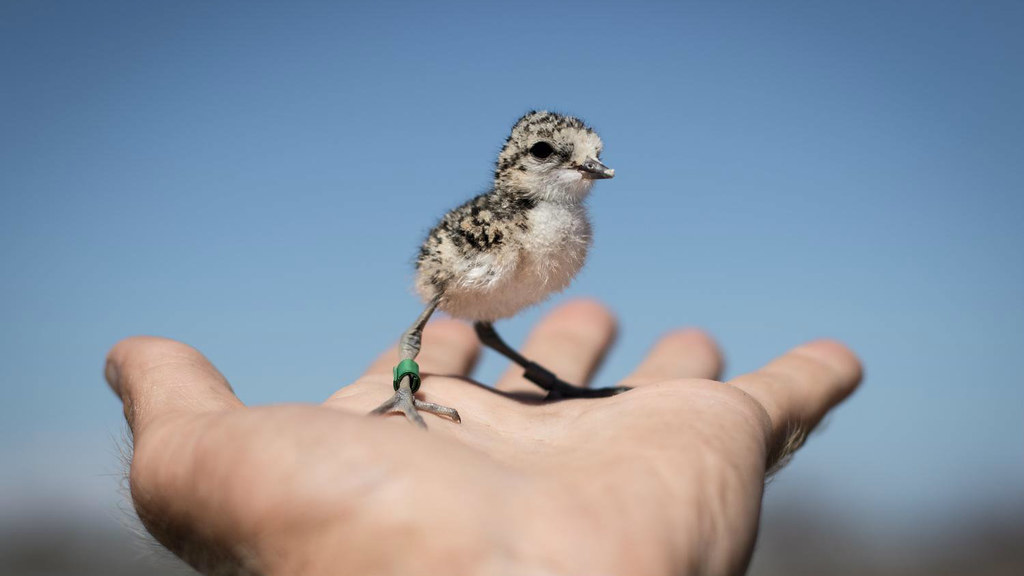An international team of researchers, including a PhD student and a professor from the Milner Centre for Evolution at the University of Bath, found that population growth in birds was very sensitive to the ratio of males to females in a population, called the adult sex ratio (ASR), which has previously been shown to affect mating behaviour.
The researchers have published their findings in the prestigious science journal, Proceedings of the National Academy of Sciences of the USA.
Sex ratio affects survival
Species with a high number of males in a population tend to be polygamous: the females typically breed with several partners in one season, leaving the males to do most of the care for their offspring. However, with a large number of males competing for fewer females, a male biased population can also lead to increased aggression and harassment of females which can reduce survival rates.
Conversely, species with a higher number of females to males have lower parental investment by fathers which can also adversely affect survival of offspring. Where numbers of each sex were evenly balanced, parents cooperated more in care of their young and breeding pairs tended to be monogamous.
Impact on extinction risk
The researchers looked at why an unbalanced sex ratio should develop in some birds. They studied the survival and breeding behaviour of 1,259 wild Snowy Plovers in north-western Mexico over a seven year period, a species that is typically male biased. The team found that whilst a similar number of males and females hatched, males had higher survival rates at all stages of life, but particularly at the juvenile stage, when individuals are independent of their parents but not fully grown.
These findings could impact the conservation of endangered species, since ignoring the sex ratio of a population could miscalculate the survival rates and therefore underestimate the vulnerability of species to extinction.
Professor Tamás Székely, from the Milner Centre for Evolution at the University of Bath, said: “Our research has shown that population growth is very sensitive to changes in the survival of the limiting sex. A biased sex ratio either way can compromise population stability – too many males increases violence, whereas too many females leads to less cooperation between parents which reduces the survival of offspring.
Plover chicks standing on a scientist's field notebook, with calipers and device for ringing chicks Researchers suggest that ignoring the sex ratio of a population could underestimate extinction risk of species
“Current extinction models only take numbers of females into account – our research shows this approach could drastically underestimate extinction risk and states that males should also be part of the equation.”
Evolution of breeding behaviour
Luke Eberhart-Phillips, PhD student at Bielefeld University (Germany) and first author of the paper, said: “Our research shows that in Snowy Plovers the population is male-biased due to sex differences in survival of young individuals, rather than at birth or during adulthood.
“Therefore, the evolution of different mating systems – whether polygamous or monogamous – could be a consequence of innate sex differences in survival. In mammals, population sex ratios are typically female biased, whereas in birds, these sex ratios are usually male biased. “Based on our results, one could speculate that sex differences in survival during early life are driving these large-scale patterns and the evolution of breeding behaviours.”
If you enjoyed this article you might also be interested in:
Promiscuity slows down evolution of new species

